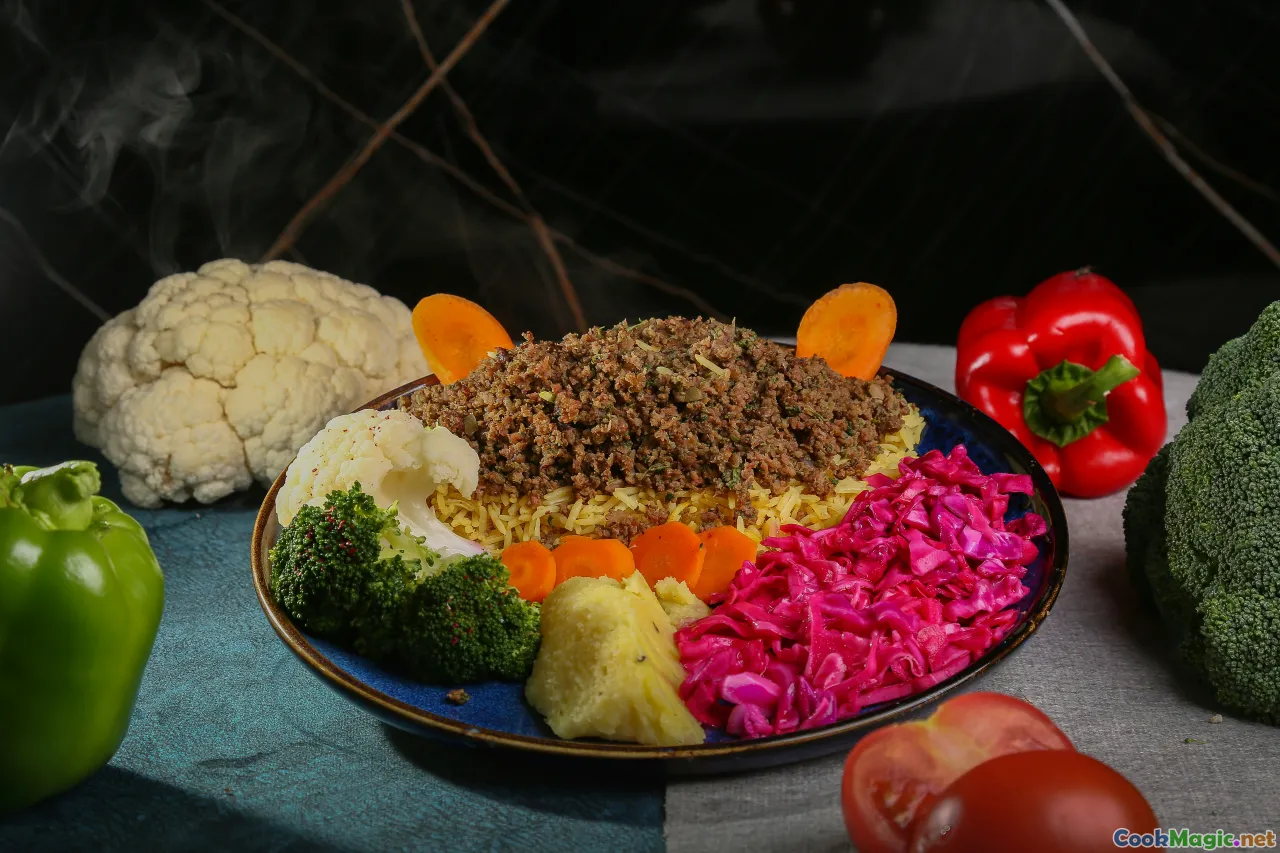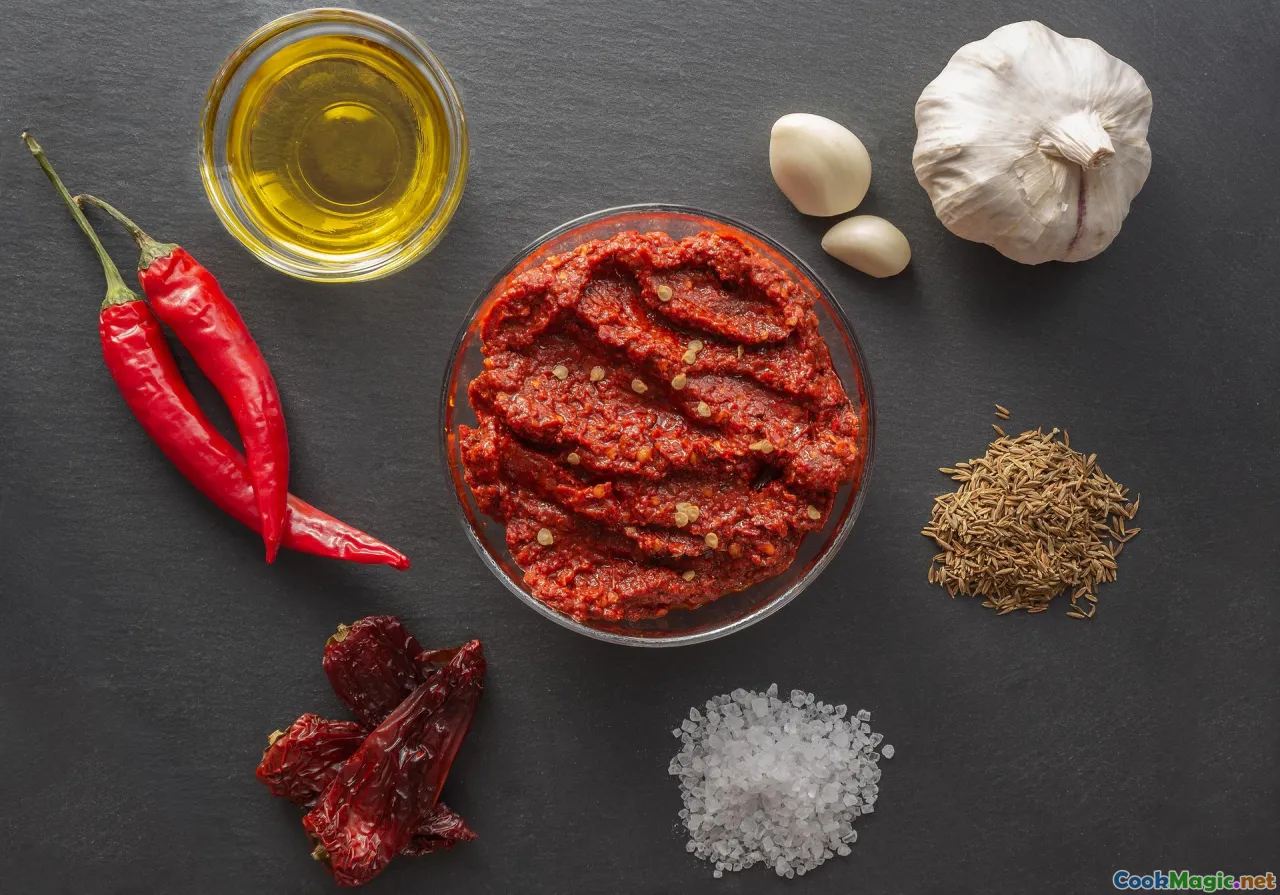Vegetarian Delights in Ethiopian Orthodox Fasting Cuisine
11 min read Explore vibrant and traditional Ethiopian vegetarian dishes crafted for Orthodox fasting, highlighting cultural and culinary richness. July 27, 2025 00:05
Vegetarian Delights in Ethiopian Orthodox Fasting Cuisine
In the vibrant heart of Ethiopia, where centuries-old traditions intertwine with daily life, the culinary landscape offers an extraordinary tapestry during the fasting seasons of the Ethiopian Orthodox Tewahedo Church. These periods of spiritual reflection and discipline—particularly Lent and other fasting seasons—transform the tables into showcases of rich, flavorful, vegetarian-only dishes that both honor tradition and delight the senses. As an intimate observer of Ethiopian food culture, I’ve had the privilege of exploring these sacred days through their unique culinary offerings, discovering how they embody resilience, community, and an unyielding love for bold, complex flavors.
Let’s journey through the incredible world of Ethiopian fasting cuisine, unearthing the stories, flavors, and techniques that make it genuinely one of the most distinct vegetarian culinary experiences globally.
The Cultural Significance of Fasting and Vegetarian Cuisine in Ethiopia

Ethiopia’s rich spiritual history deeply informs its culinary traditions. Fasting, prescribed by the Ethiopian Orthodox Tewahedo Church, is not merely abstaining from food but a profound act of faith, humility, and communal solidarity. During these fasting seasons—Lent, the Fast of the Nineveh, and other periods—believers refrain from consuming meat, dairy, and eggs, turning instead to plant-based, seafood (in some cases), and leguminous sources.
What emerges from this dedication is an innovative and diverse vegetarian cuisine that harnesses Ethiopia’s rich agricultural bounty. It’s a testament to resilience; communities, monasteries, and families craft hearty, satisfying dishes that honor faith while celebrating the earth’s gifts. This intentional abstinence has historically stimulated the creation of countless dishes, rich in flavors, textures, and cultural symbolism—ones that are core to Ethiopia’s national identity.
Staple Ingredients and Their Symbolism

Ethiopian fasting dishes are remarkably flavorful, thanks to locally available ingredients that have fed generations. Some staples include:
- Legumes: Lentils, chickpeas, kidney beans, and split peas are the backbone, providing protein and hearty texture.
- Ancient grains: Teff, sorghum, and millet are often used in injera and porridge.
- Vegetables & Greens: Kale, collard greens, cabbage, carrots, and tomatoes form a substantial part of many recipes.
- Wild and Fresh Herbs: Berbere (a fiery spice blend), mitmita (a spicy chili powder), garlic, ginger, and freshly chopped herbs impart complex notes.
- Amidst these: Dried and preserved ingredients like awaze (spicy marinade) or niter kibbeh (spiced clarified butter, sometimes used during non-fasting times), serve as flavor anchors.
Particularly, berbere—a mix of chili peppers, garlic, ginger, lemongrass, and Ethiopian spices—layered into dishes like sega wat (vegetarian stew) provides a smoky, pungent warmth that epitomizes Ethiopian flavors.
Signature Dishes in Ethiopian Fasting Cuisine

1. Misir Wat (Spicy Lentil Stew)
No fasting feast is complete without this fiery, ruby-red lentil stew. Slow-cooked with berbere, garlic, and onions, its thick, velvety texture pairs beautifully with injera—its tangy, spongy pancake base. The aroma of roasting spices and simmering lentils beckons with promises of warmth and richness.
2. Atayea (Skordalia-style Bean Mash)
This dish elevates cookery with mashed chickpeas or fava beans, blended with ginger, garlic, and lemon. It’s served as an appetizer, spread on injera or eaten with fresh vegetables, offering a silky texture complemented by the citrus's brightness.
3. Gomen (Collard Greens)
Steamed or sautéed greens flavored with garlic, ginger, and earthy spices, Gomen showcases how simple vegetables can be transformed into a hearty, soulful dish, especially when served alongside other fast-winning dishes.
4. Kik Alicha (Yellow Split Pea Stew)
Bright in color, mild in heat, Kik Alicha is simmered with turmeric and mild spices, creating a comforting, fragrant dish perfect with injera or rice.
5. Azifa (Lentil Salad)
A vibrant, zesty salad combining cooked lentils with lemon juice, onions, green chilies, and herbs—refreshing and cooling amid bold flavors.
6. Shiro (Chickpea Flour Stew)
Made from ground chickpeas, cooked into a thick, spicy, and aromatic gravy that pairs excellently with injera. During fasting, dried or fresh split peas substitute for traditional meat-based fillings.
Traditional Cooking Techniques and Flavor Building

The heart of Ethiopian fasting cuisine is patience and technique. Here’s what stands out:
- Hiring and Fermentation: Injera is fermented from teff flour for 2–3 days, developing a mild tang and bubbles that contribute to its characteristic sourness and airy texture.
- Spice Blending: Berbere and mitmita are freshly ground—rich, pungent, aromatic, and layered—delivered with care to meals.
- Slow Simmering and Stewing: Many dishes like misir wat or shiro are cooked low and slow, allowing spices to meld and flavors to deepen.
- Community Preparation: Ethiopian meals are often communal, cooked in large earthenware pots, and served on a shared injera, fostering a sense of togetherness.
Places to Experience Ethiopian Fasting Cuisine

While home-cooked meals are the most authentic, several Ethiopian restaurants worldwide honor fasting traditions:
- Abyssinian Restaurant in Addis Ababa: Known for its traditional vegetarian fasting platters featuring a variety of stews and salad-based dishes.
- Guzo Ethiopian Restaurant in Washington D.C.: Offers an extensive vegetarian menu during fasting seasons, showcasing how Ethiopian cuisine can be vibrant and filling without animal products.
- Local Ethiopian Churches: Many churches organize fasting banquets during festivals—an invitation to witness and taste the essence of Ethiopian spiritual and culinary practice.
Personal Insights and Tips for Cooking Ethiopian Vegetarian Fasting Dishes
Diving into Ethiopian fasting cuisine is as much about the act of cooking as it is about honoring tradition:
- Use Fresh, High-Quality Spices: The soul of Ethiopian dishes lies in its spices. Fresh berbere and garlic elevate flavors dramatically.
- Master Injera: Though traditionally made with teff, others use gluten-free sorghum or millet flours—practice helps to perfect the soft, slightly sour base that ties all meals together.
- Layer Flavors Gradually: Ethiopian dishes benefit from slow cooking and the layering of spices—be patient, let each step deepen the flavor.
- Embrace Simplicity: Even simple legumes and greens, prepared with respect and care, deliver profound satisfaction.
- Participate in the Tradition: Cooking with family or in community settings can make the experience more meaningful.
Reflecting on the Spirit of Ethiopian Fasting Cuisine
Fasting dishes in Ethiopia tell a story of resilience, spirituality, and ingenuity. Rooted in centuries of faith, these vegetarian delights are more than mere substitutes during fasting—they are celebration in disguise. They embody Ethiopia’s rich agricultural heritage, its mastery of spice blending, and its profound cultural values of community and continuity.
Each bite carries the echoes of monasteries, the bustling marketplaces of Addis Ababa, and the quiet corners where families gather around shared platters of injera topped with colorful, aromatic stews. To experience Ethiopian fasting cuisine is to partake in a sacred celebration of flavors crafted from patience, tradition, and love—a culinary testament that vegetarian food, when prepared with intention, can be as complex and rewarding as any meat-based feast.
So next time you seek an inspiring culinary adventure, immerse yourself in Ethiopia’s fasting fare. Let its spices warm your soul and its history deepen your appreciation for how food unites, sustains, and celebrates the human spirit.









